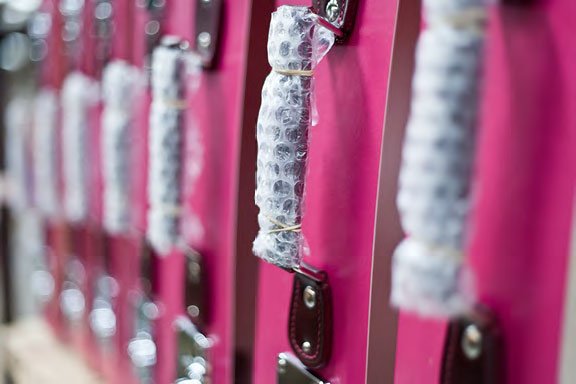Steve Lancefield’s stunning photos taken inside the Globe-Trotter factory in Hertfordshire depict the craftsmanship that goes into making each suitcase
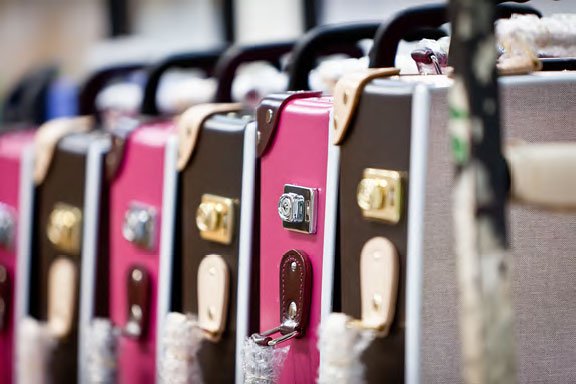
The Globe-Trotter suitcase company was established in Germany in 1897 by an Englishman named David Nelkin. He relocated the company to the UK in 1901 and his distinctive vulcanised fibreboard suitcases have been manufactured here ever since. Very little has actually changed since the Victorian times in the way that the suitcases are produced, and the manufacture of each Globe-Trotter suitcase involves 98 different processes and takes a total of 10 days, 9 hours and 35 minutes to make.
These stunning photographs taken by Steve Lancefield recently at the Globe-Trotter factory in Hertfordshire depict the craftsmanship that goes into the making of each individual piece, and from this you can see why one of their suitcases might set you back a thousand pounds.
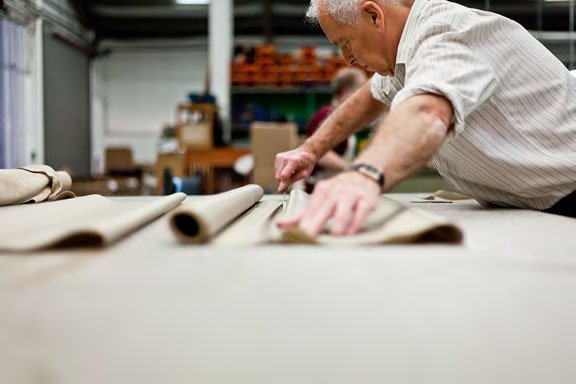
Here is a summary of the processes that go into making each and every Globe-trotter suitcase:
Firstly, the leather corners are moulded on Victorian press machines for 5 days to give them their form and strength. The cut edges of the corners are then smoothed and stained and left to dry.
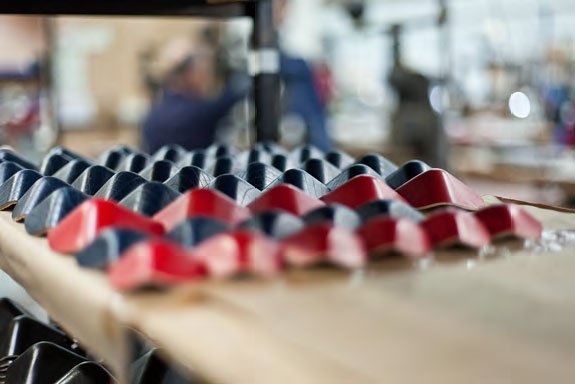
Next the leather handles are put together by hand and the leather straps used to go across the case are cut on harness machines to ensure that they are perfectly straight. All of the leather used to make these trims is sourced from UK tanneries.
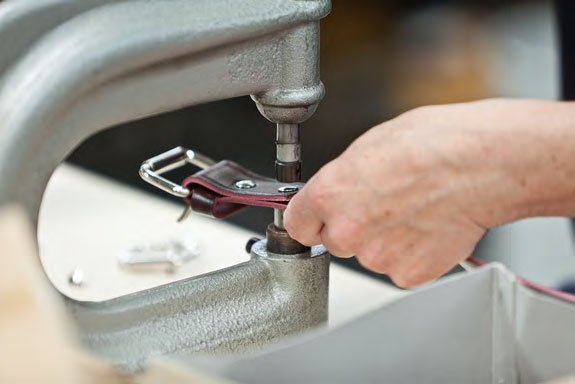
The vulcanised fibreboard is then moulded into shape using a method patented by Globe-Trotter in 1901. The process that the company uses to produce its fibreboard, a material made from layers of paper bonded together with rubber, is a closely guarded secret and one that has never been successfully imitated. Whatever they do to it, it helps make the cases as strong as leather but as light as aluminium.
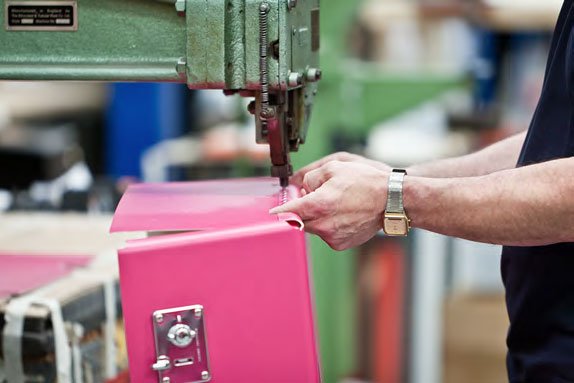
The fibreboard is then attached around a beech wood frame specially made by a Globe-Trotter carpenter, and the trims are then attached by hand, and the rivets are applied using a foot-pedal-operated riveting machine.
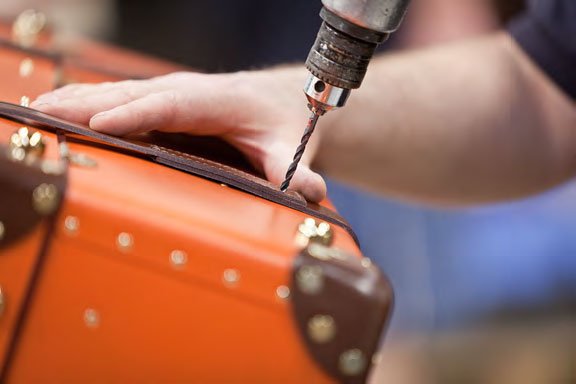
Next the paper-backed cloth lining goes in, giving the suitcase its authentic looking interior, and then the steel-lipped edge is cut, formed and attached by hand.
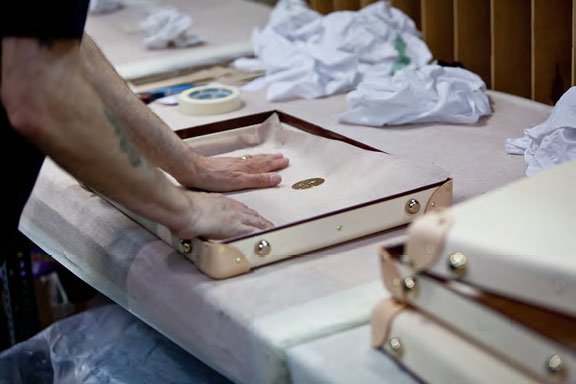
Finally each case is inspected to check that it meets the exceedingly high standards that the Globe-Trotter customer has come to expect, before it is packaged and ready to leave the factory.
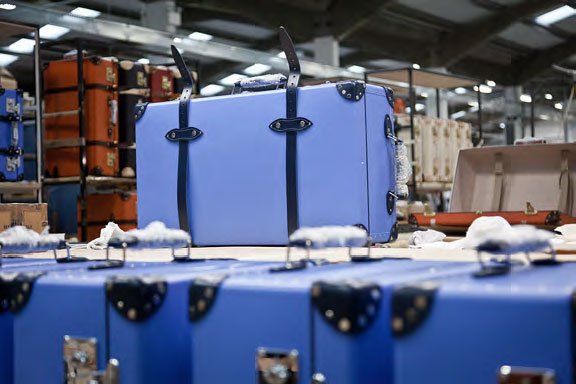
With the processes involved above you can see why it can take up to 4 weeks for a customer to receive their order.
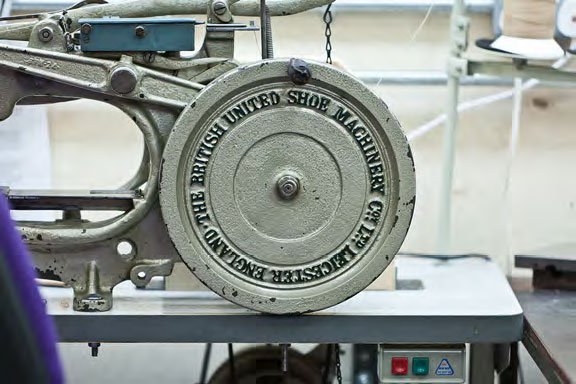
The design of the Globe-Trotter suitcase has changed very little over the years but the company creates interest in the range with its limited edition versions and collaborations with designers such as Sophie Hulme and Mohsin Ali. There has even been a recent limited addition produced for the Goring Hotel in London.
To see more of Steve Lancefield’s stunning photos visit stevelancefield.co.uk and to find out more about the Globe-Trotter suitcase visit www.globetrotter1897.com
